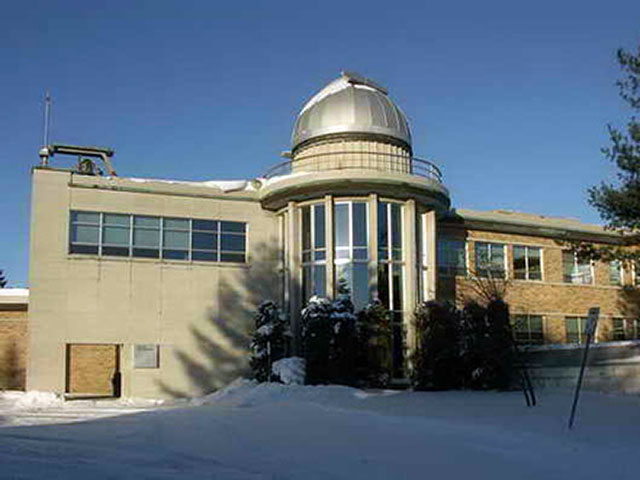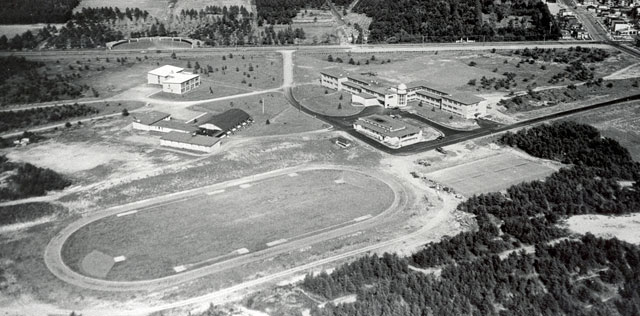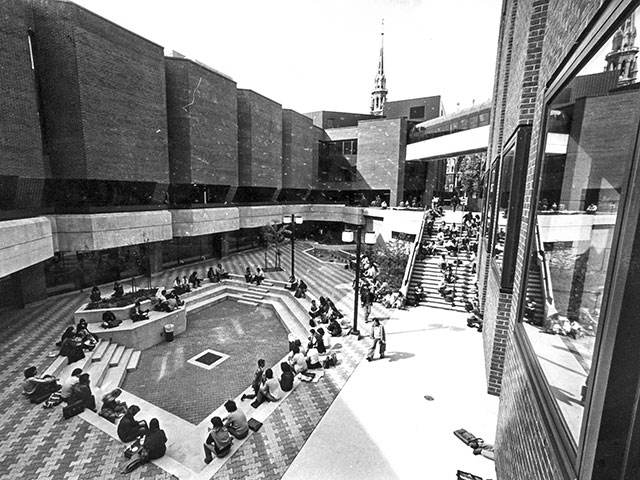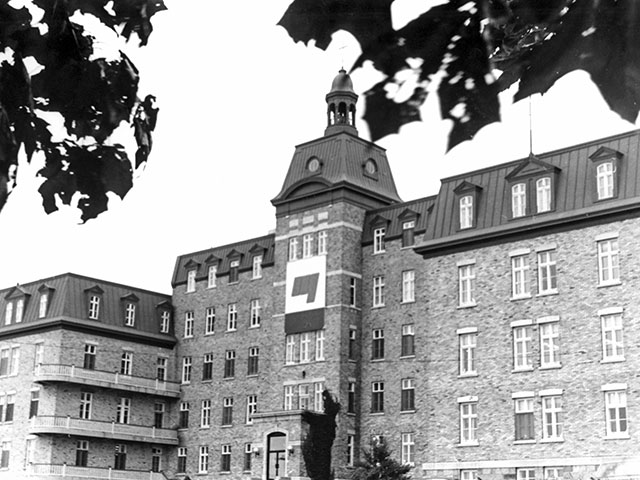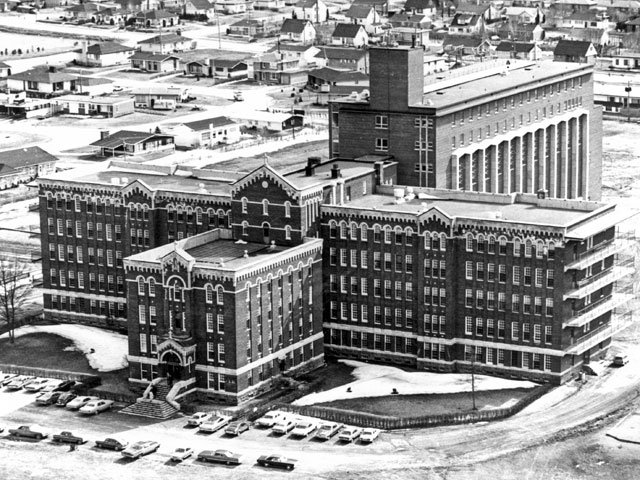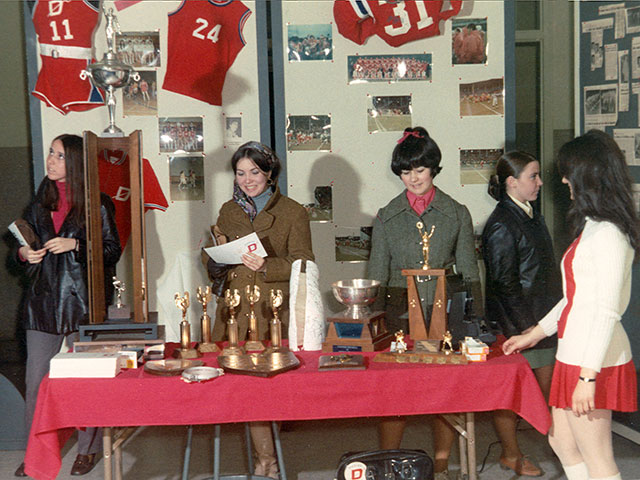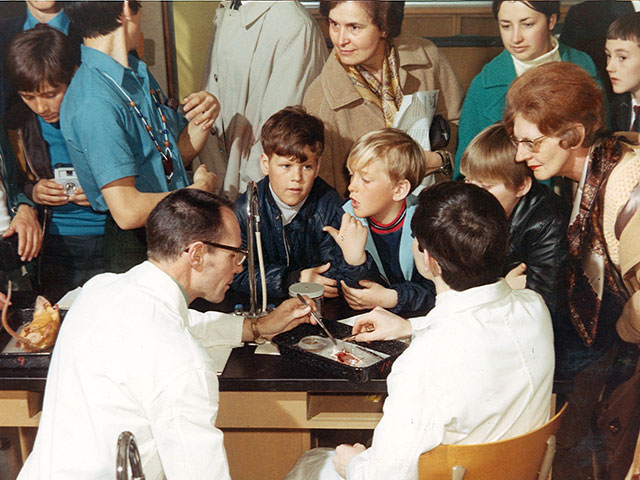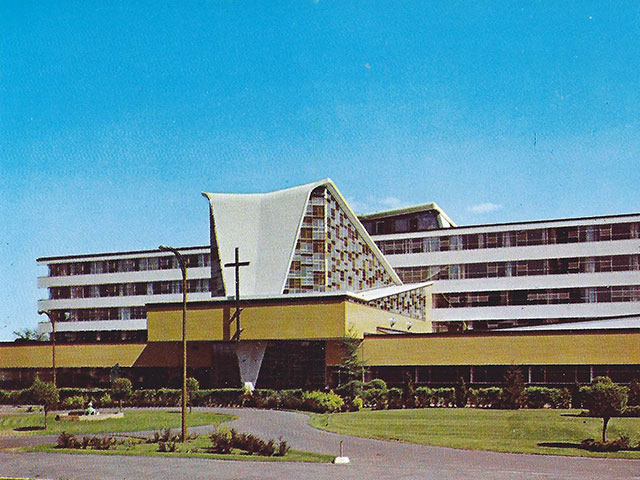Secondary Navigation Menu
Home > Events > Education > The Creation of CEGEPs and the Université du Quebec
The Creation of CEGEPs and the Université du Québec
The educational reform in the 1960s meant the end of a nearly two-hundred-year-old institution known as the classical colleges, controlled entirely by the clergy. They were replaced by high schools known as polyvalent schools. In the eyes of Parent Commission members, it was necessary to create a new level of education of at least two years to bridge the passage between high school and university or the job market. This new level of education became known as the CEGEP and offered general and vocational education. The first CEGEPs opened their doors in 1967. They numbered 12. Twenty-three others opened their doors between 1968 and 1970, nine in the following decade and five between 1981 and 2008. The number of students attending the college network increased rapidly, from some 72,000 at the end of the 1960s to more than 156,000 a dozen or so years later. Initial projections anticipated that only one quarter of CEGEP students would pursue university studies, while the others would register for vocational training programs. However, exactly the opposite happened, creating unprecedented pressure on Quebec's universities that numbered only six: three French-language ones (Laval, Montréal and Sherbrooke) and three English (McGill, Bishop's and Sir George Williams). Another profound change in the world of education was the creation of the Université du Québec in 1968 with branches in Montréal, Trois-Rivières, Chicoutimi and later Rimouski, Hull and Rouyn-Noranda. Finally, the regions were able to benefit from comprehensive university education, something they had demanded for years. The Université du Québec stood apart for its openness and roots in the milieu. It offered undergraduate and graduate programs based on new pedagogical approaches and promoted research.



